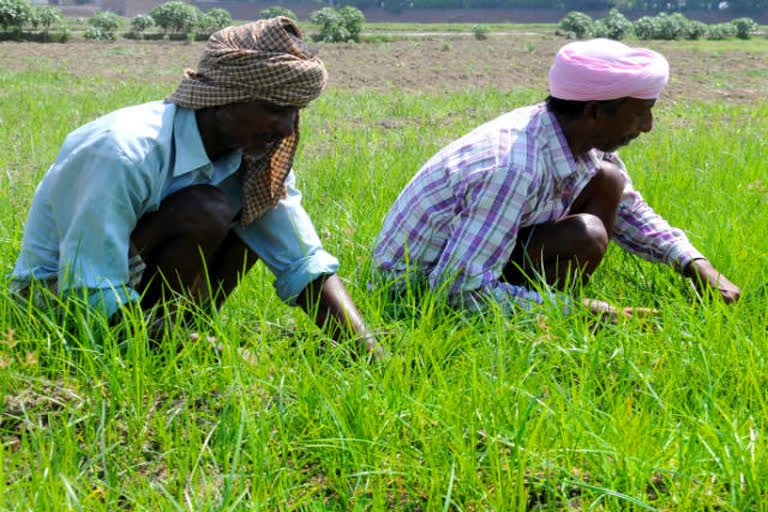New Delhi: Subsidies provided by India to its farmers are quite low as compared to billions of dollars given by western countries, a top government official said on Wednesday.
Commerce Secretary Anup Wadhawan said India provides only about USD 250 per annum per farmer but unfortunately "our subsidies run into trouble" as they are not structured properly, so there is a need to learn from other countries.
Developed countries, including the European Union (EU) and the US, have alleged in the World Trade Organization (WTO) that India provides huge subsidies to its farmers. India always maintains that its farm subsidies are well below the WTO's cap of 10 per cent.
The US has also dragged India to the WTO's dispute settlement mechanism over export subsidies being provided by New Delhi.
"If you look at the kind of budgetary support which developed countries provide to their economic agents, the numbers are mind boggling," Wadhawan said here at a function.
Read more:City gas distribution rights to help oil marketing firms diversify: Fitch
In the agriculture sector, he said, the EU and the US provides huge subsidies but cleverly put those in boxes which are WTO compatible.
Citing a joke, he said, cows in the EU get so much of subsidy that a cow can be flown around the world in business class twice.
"Our subsidies in agriculture for instance are only about USD 250 per annum per farmer, compared to billions of dollars which western countries give," he said.
Talking about special economic zones (SEZs), he said there is a need to make these zones as zones of excellence, which should be investor friendly, having state-of-the-art infrastructure.
"We need to transform our SEZs into that model," he said adding that competitive economic zones are not based on fiscal incentives but based on easy regulatory environment and single-window system.
There is also a need to look at Chinese model of these zones which are spread in a much wider space, Wadhawan said adding India's SEZ policy does not get implemented entirely as envisaged.
"India is not as successful story as China and other countries...but India has a relative decent start. The exports (from SEZs) are about Rs 6 lakh crore per annum and has created 2 million direct jobs," he added.
Speaking at the function, Niti Aayog Chief Executive Officer Amitabh Kant said increasing exports would help in boosting the country's economic growth.
Rather than SEZs, India needs coastal economic zones, he said adding incentives should be linked to employment creation.
These zones would have a huge positive impact on India's economic growth, he added.



